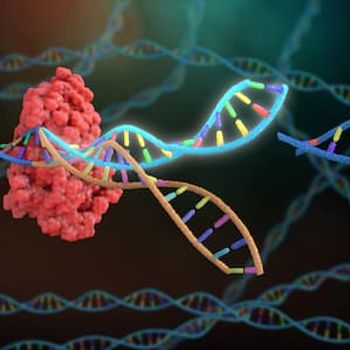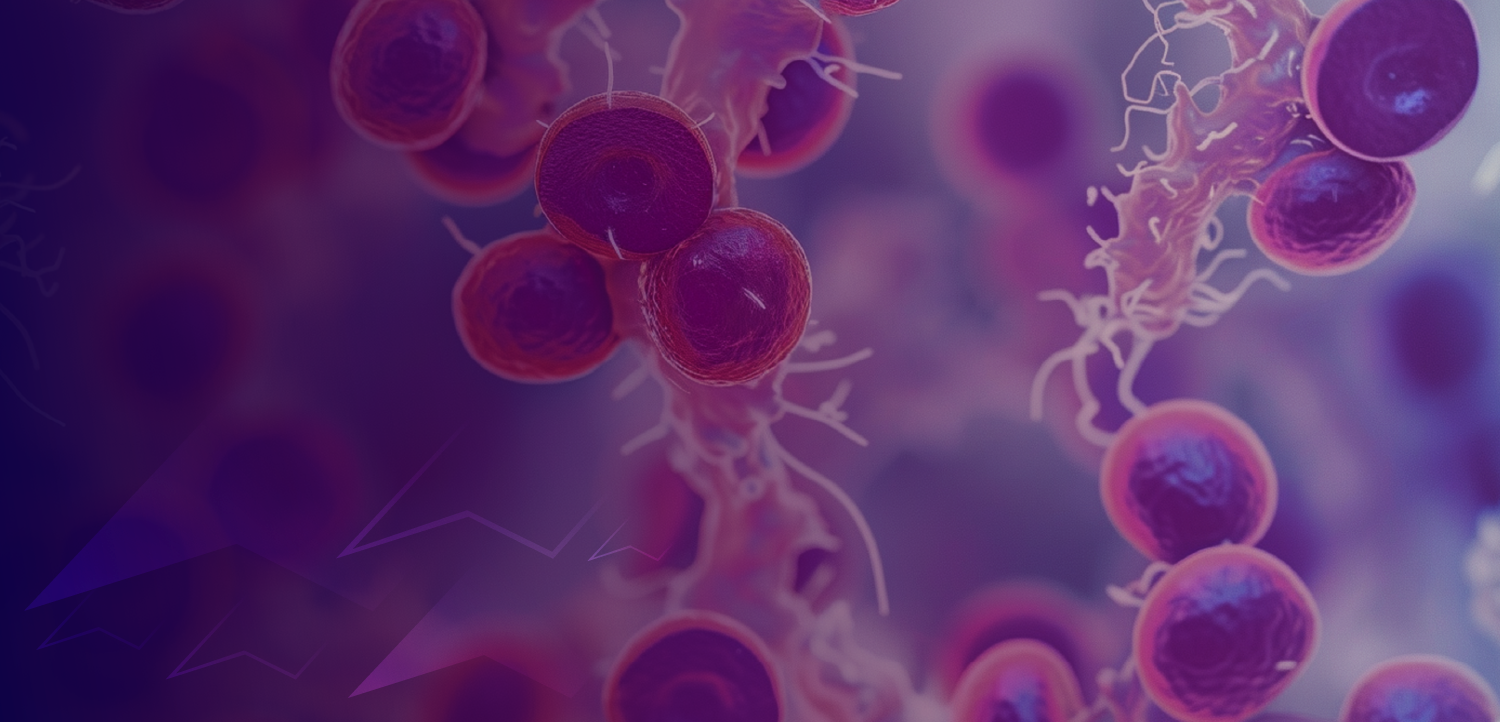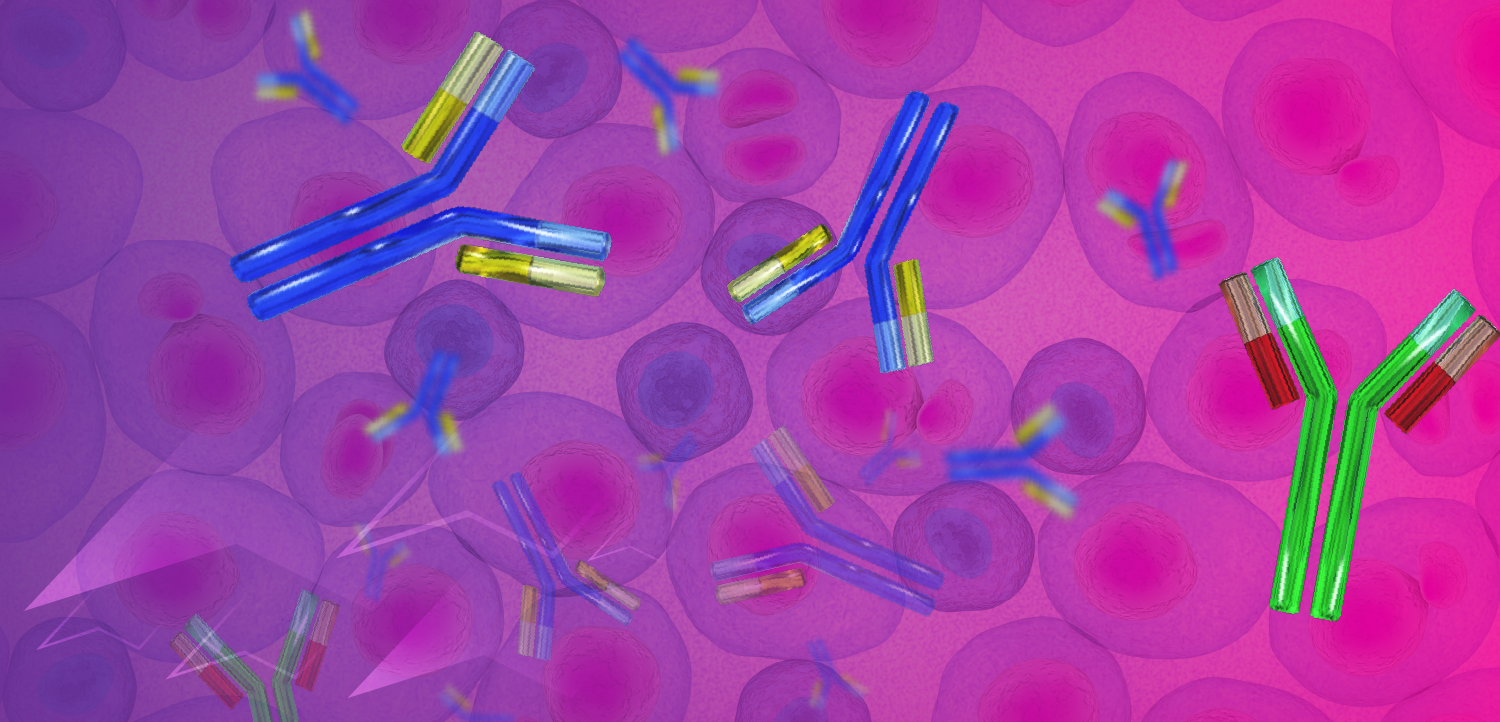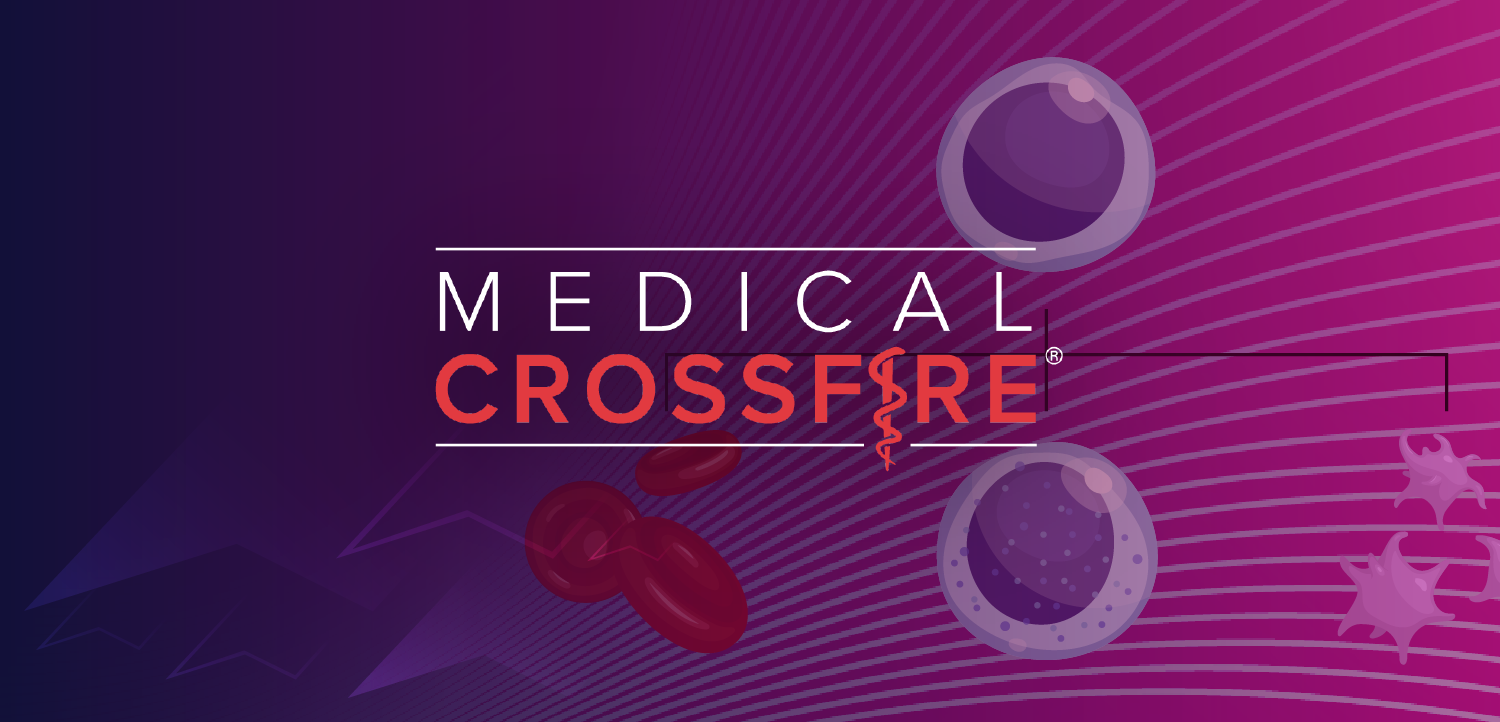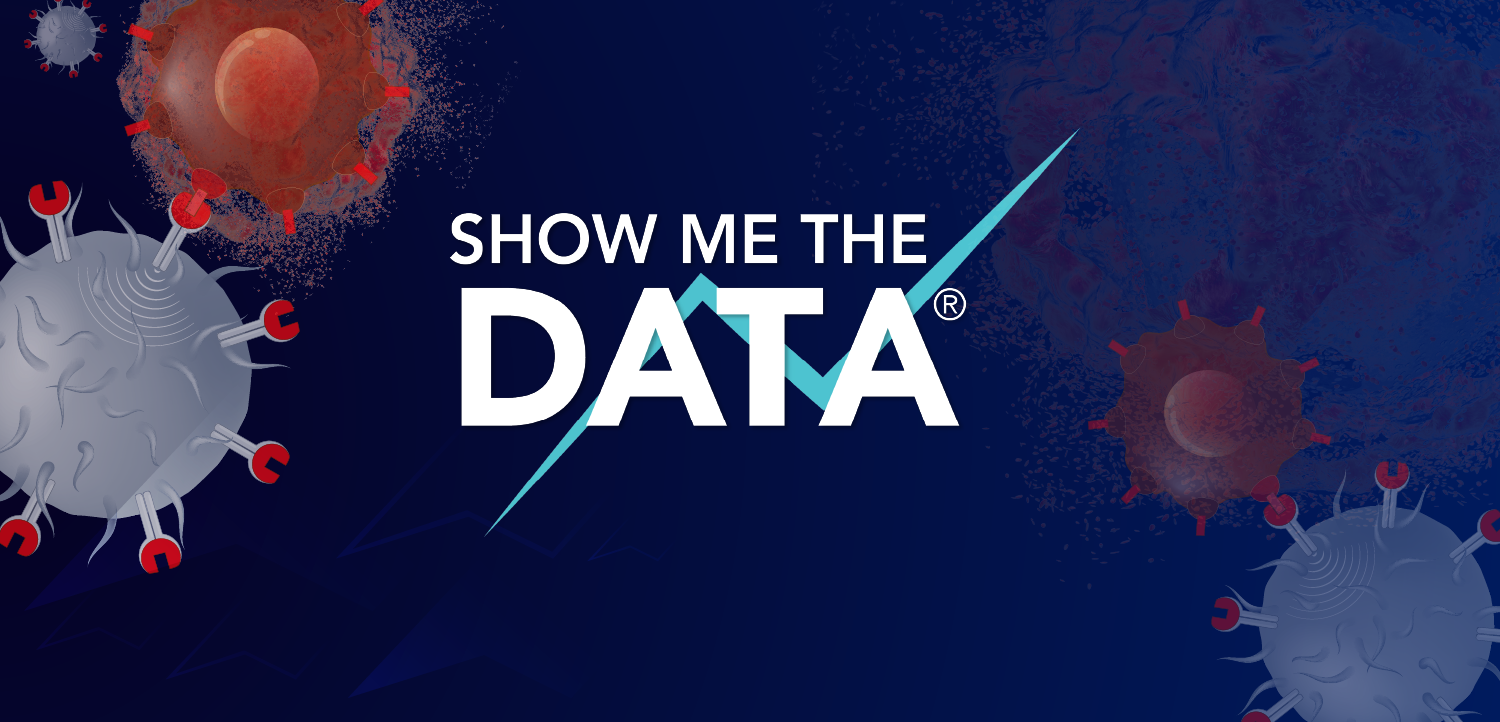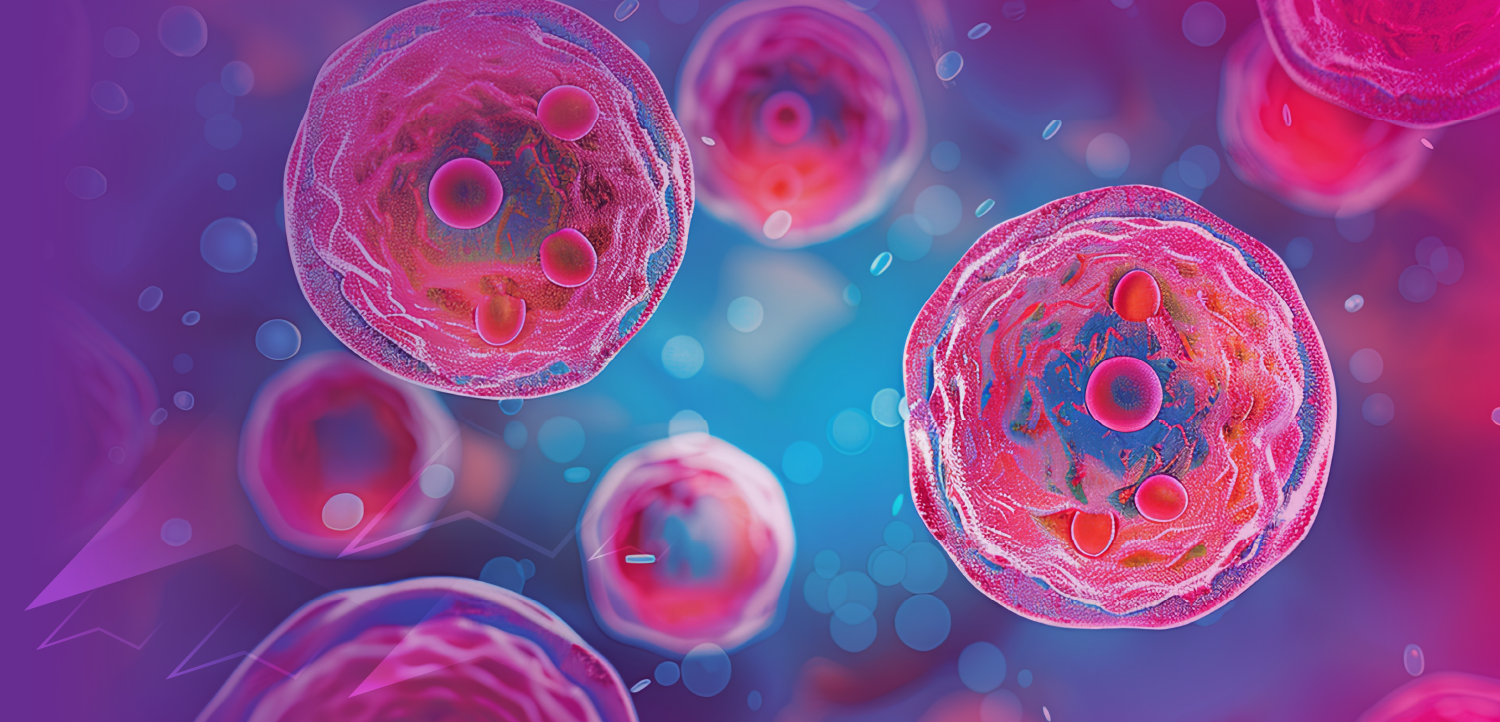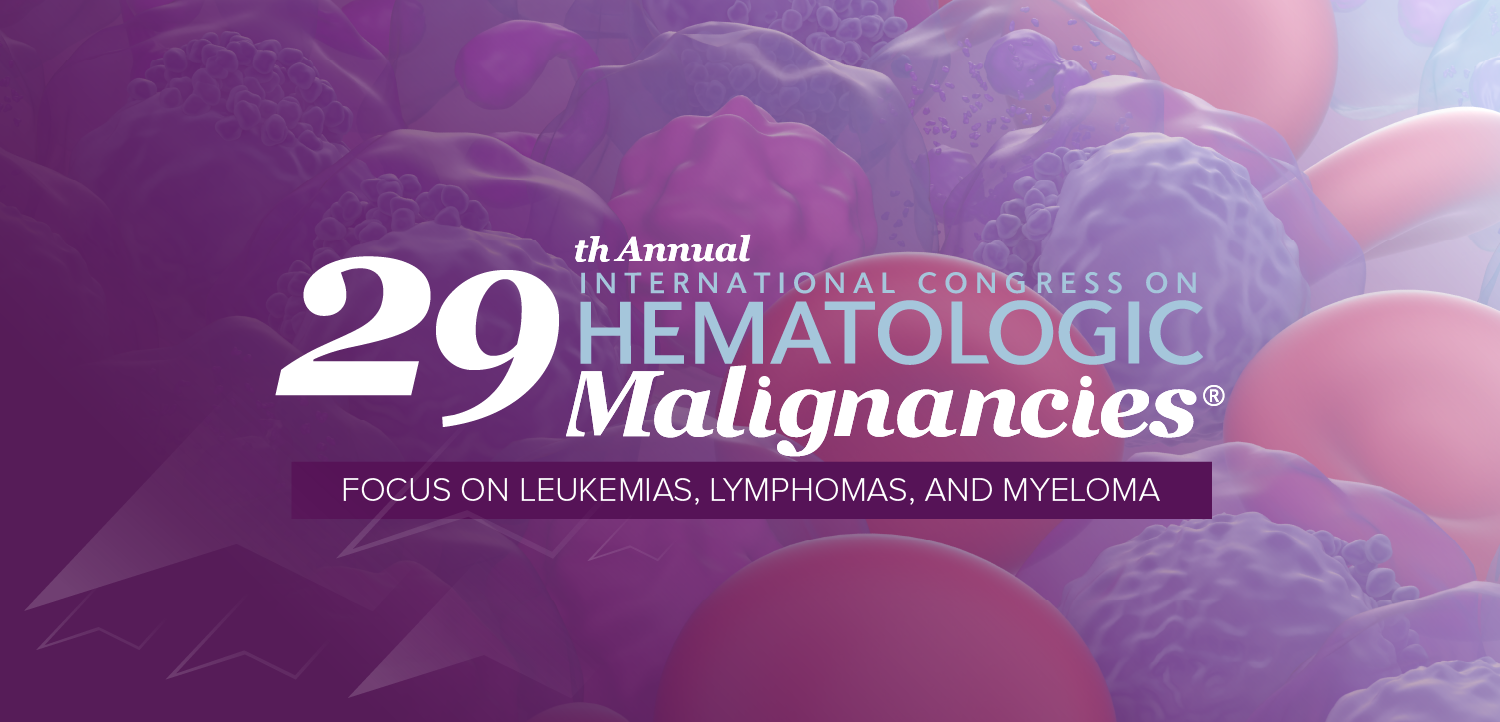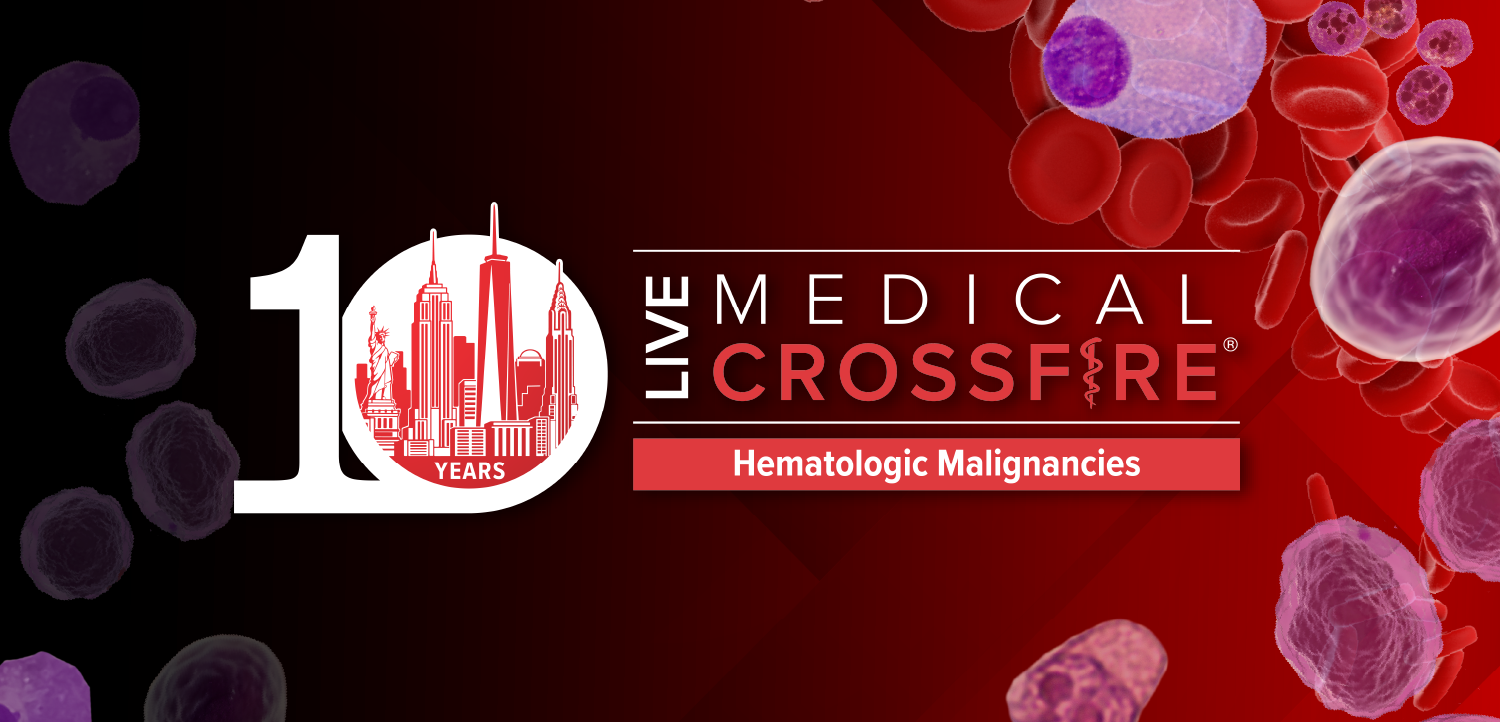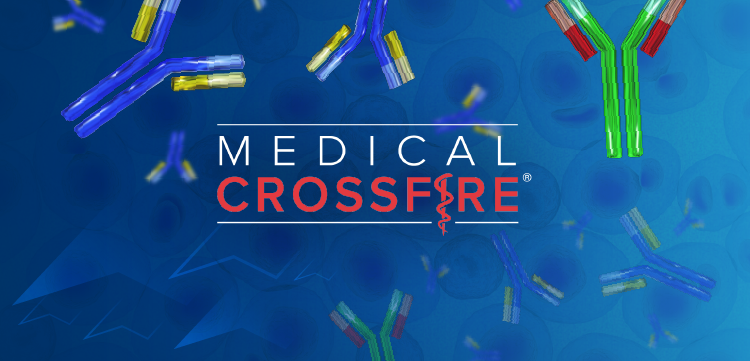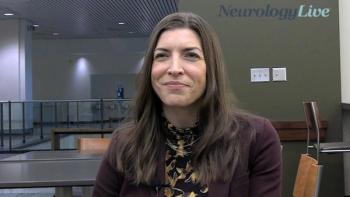
Potential Drug Therapy Target Identified for Sickle Cell Disease and Thalassemia
New findings suggest that a specific hemoglobin production protein could be a target for therapy in sickle cell disease or beta-thalassemia.
New findings suggest that a specific hemoglobin production protein could be a target for therapy in sickle cell disease or beta-thalassemia. The diseases are caused by different mutations, but they are both abnormal inherited blood disorders.
Researchers from the Children’s Hospital of Philadelphia (CHOP) used the CRISPR screening tool in order to identify the signaling protein, a kinase called HRI. The investigators knew that HRI had been used to regulate the production of hemoglobin but have now learned that HRI contributes to a process called “hemoglobin switching.”
The
Members of the team had previously developed the CRISPR screening tool and used it to examine specific gene functions without interrupting them. When the researchers used that method to focus on HRI, they were able to investigate on a molecular level.
In cultured human cells, the researchers observed the HRI as it produced fetal hemoglobin in adult red blood cells. They also identified an HRI-regulated transcription factor that was already known to suppress fetal hemoglobin. Once they suppressed the HRI function, the level of fetal hemoglobin in red blood cells increased.
When this happened, the researchers saw decreased sickling in sickle cell disease patients’ cells—but noted that the maturation of the cells was not damaged. The researchers believe that this shows the function of HRI is well tolerated.
“Kinases are inherently good targets for inhibition with small molecules,” study author Gerd Blobel, MD, PhD, told Rare Disease Report®. “This was actually the reason why we screened for protein kinases in the first place.”
In a proof of concept experiment, the researchers determined that combination therapy was stronger than monotherapy with pomalidomide. Instead, pomalidomide plus HRI depletion had a stronger effect on raising fetal hemoglobin compared with each therapy separately.
“Another interesting feature of HRI is that it is expressed predominantly in red blood cell precursors,” Dr Blobel added. “Therefore, we expect that inhibition with a potential future drug would not affect other lineages or tissues.”
The researchers believe this breakthrough can contribute to new therapies for the diseases. The current treatment for sickle cell disease is the drug hydroxyurea, though it is not effective in all patients; it’s designed to boost fetal hemoglobin.
“Our long-term goal is to carry out follow-up studies to evaluate whether this approach improves clinical outcomes in patients,” said Dr. Blobel said in a recent statement. “At this point, our results suggest that HRI is a potential target for a new treatment for disorders of hemoglobin.”
The team is working with two pharmaceutical companies to develop small molecule HRI inhibitors, with the hope that they could develop drugs to treat sickle cell disease and some forms of beta-thalassemia.
Newsletter
Stay at the forefront of cutting-edge science with CGT—your direct line to expert insights, breakthrough data, and real-time coverage of the latest advancements in cell and gene therapy.



